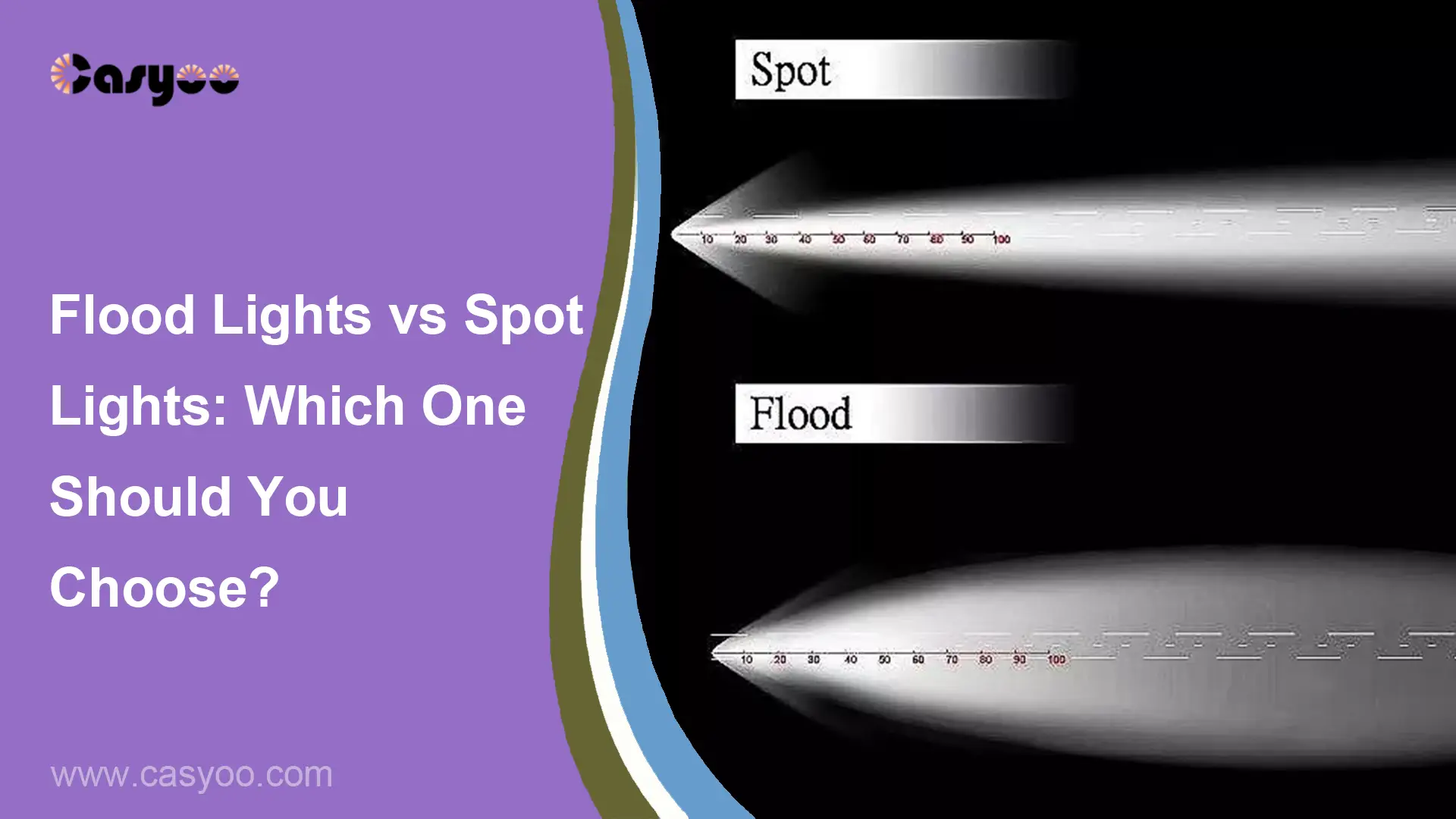When lighting a scene, you often have multiple lighting fixture options to consider. Flood lights and spot lights are commonly compared. While the names give a basic idea of their functions, fully understanding the differences requires more detail. This article will introduce the key characteristics, beam angles, applications, and other factors of flood lights and spot lights in depth. By thoroughly comparing flood lights vs spot lights, we can provide insightful suggestions for selecting the right light for your specific needs.
What are flood lights?
A flood light is a lighting fixture designed to illuminate a broad area evenly. This type of luminaire is commonly utilized for outdoor lighting, such as illuminating the exteriors of buildings or large open spaces. Flood lights provide wide coverage and achieve bright, even illumination across targeted areas. They typically use a combination of multiple small light sources, with each emitting weaker light than conventional bulbs. As a result, the overall light is softer and less prone to glare. Flood lights are high-powered and bright, casting large amounts of light to cover extensive areas. The applications for flood lighting are diverse, ranging from providing safety and facilitating nighttime work in areas like car parks and freight yards to highlighting statues, signs, or making buildings more distinctive after dark.
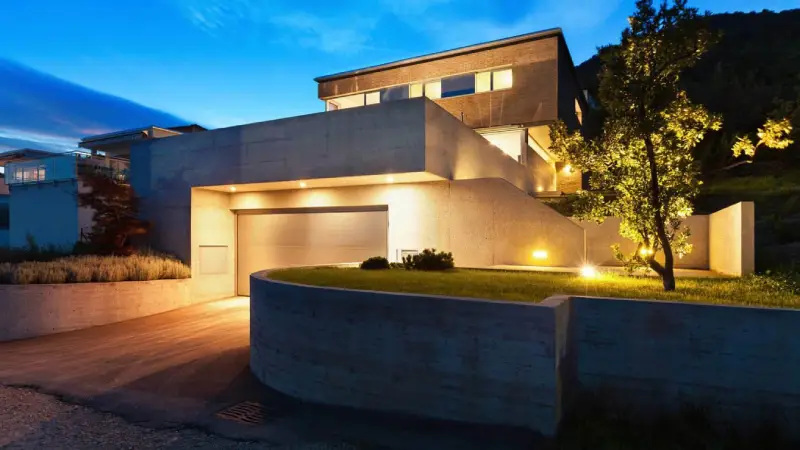
The most prevalent type of flood light emits light with a beam angle usually between 120 and 180 degrees, ensuring a very uniform light distribution without evident central light intensity or edge attenuation effects. In some cases, modern LED flood light modules are capable of providing light irradiation ranges that reach or exceed 180 degrees, resulting in nearly omnidirectional, uniform luminescence.
The layout of a flood lighting system involves considering the number, location, direction, angle of projection, as well as the brightness and selecting appropriate lighting intensity and color to complement the surrounding environment.
Common applications for floodlights include illuminating building exteriors, squares, parks, billboards, landscapes, sports venues, and more. Casyoo flood lights can fulfill the various needs for different applications.
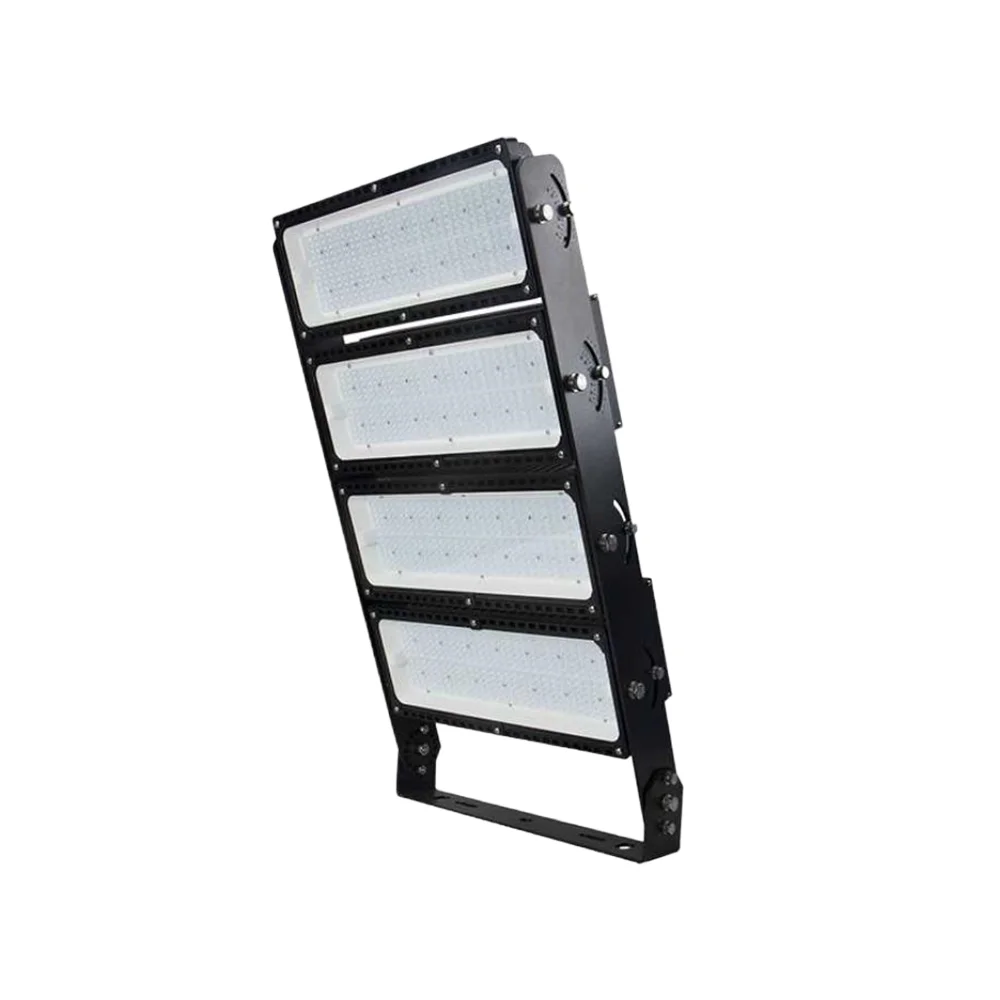
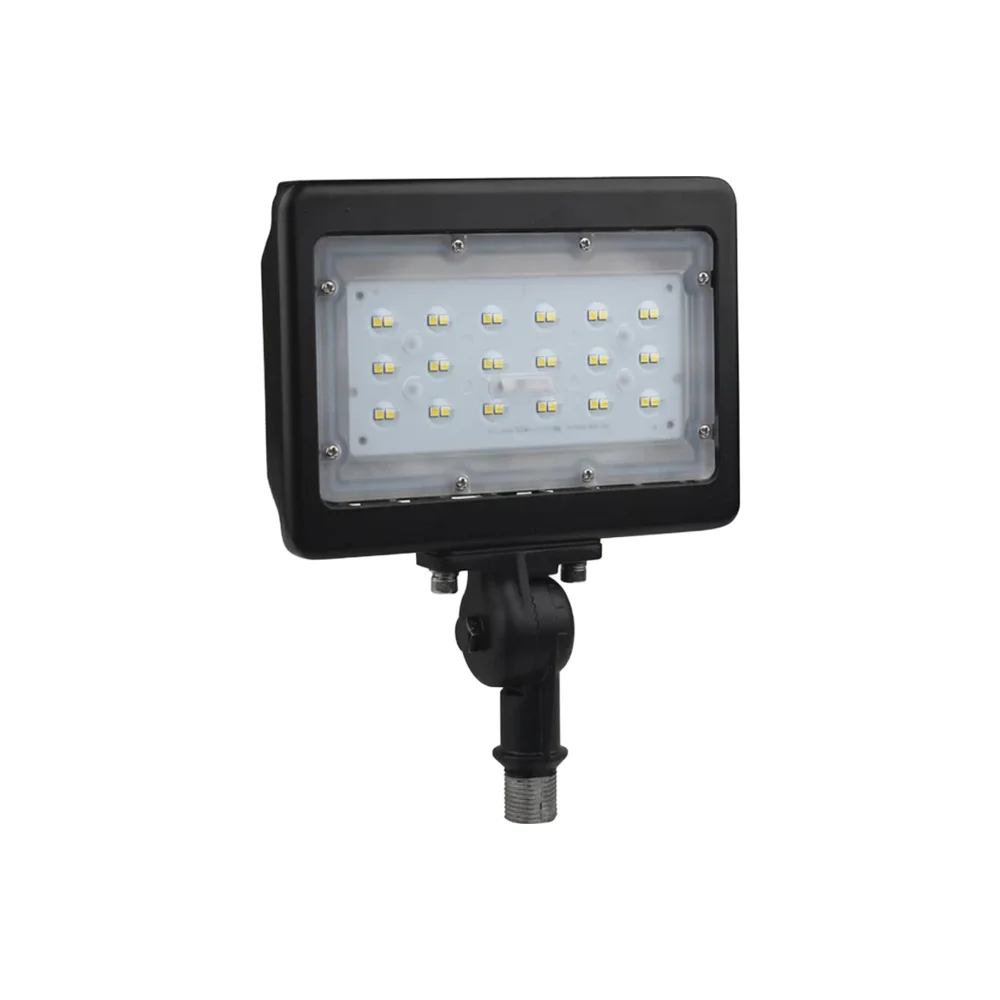
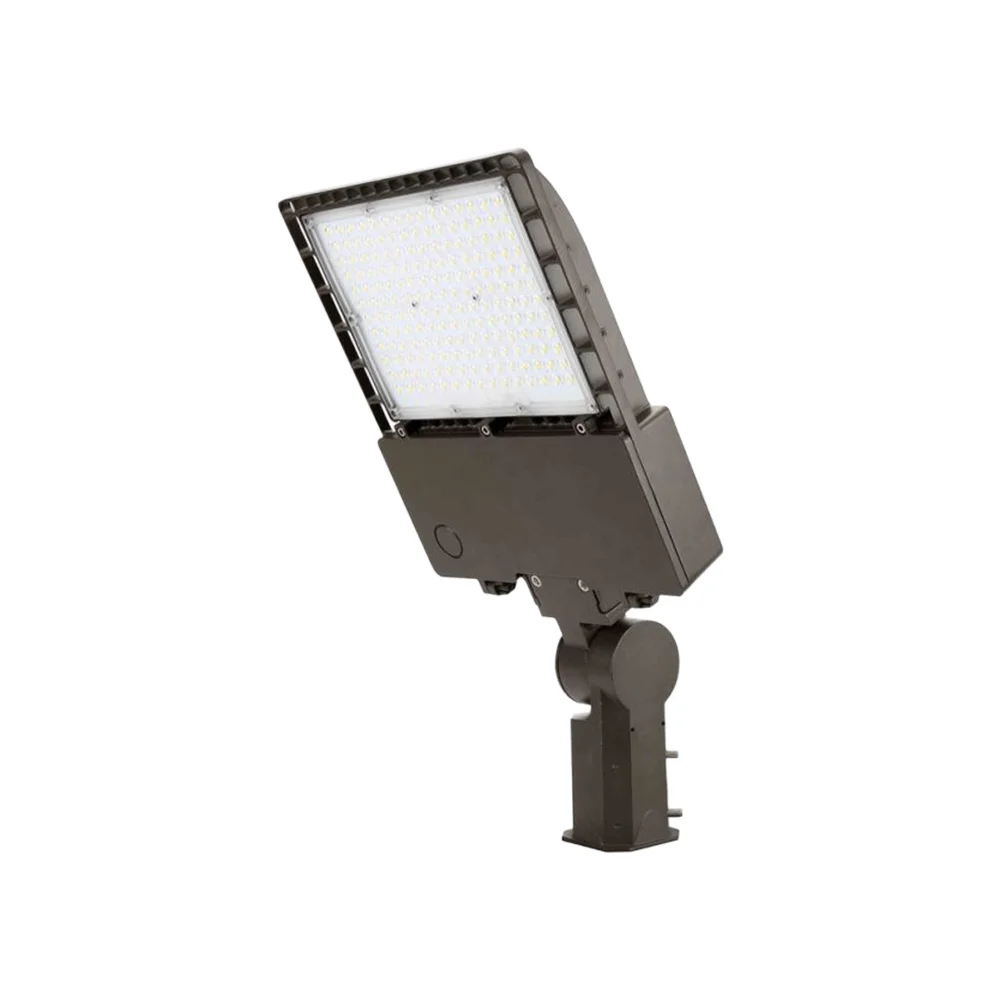
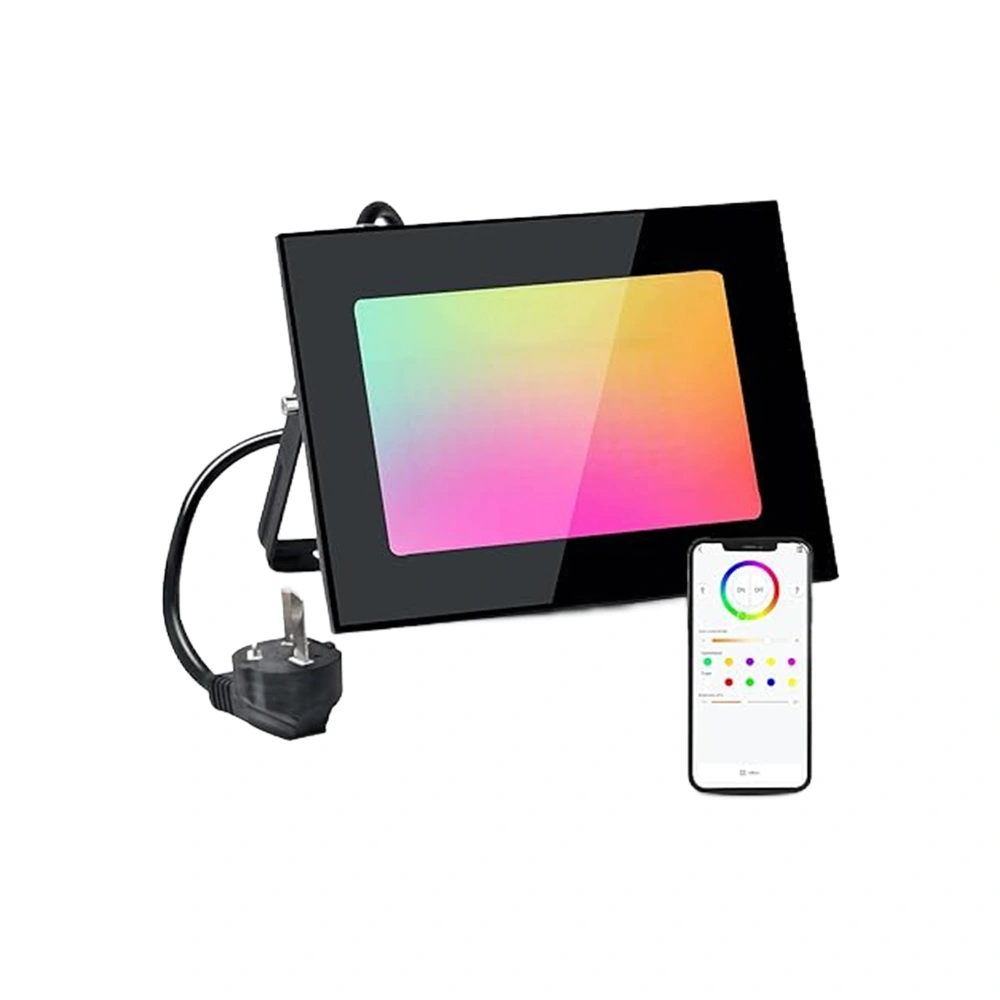
What are spot lights?
Spot lights are characterized by their high light intensity and narrow illumination range. These fixtures precisely adjust the direction and angle of light, achieving focused and directional illumination. Spot lights typically use special reflectors and lenses to concentrate light in a relatively confined area, making them particularly useful in stage performances, exhibitions, and for lighting specific objects. Generally, a single or small number of light sources are clearly visible, emanating light from a point or small area. Unlike the uniform light distribution of floodlights, the light from spotlights creates a contrast between light and dark.
Spot lights often employ high-brightness light sources, capable of accurately presenting the color and details of illuminated objects. The beam angle of a spotlight tends to be smaller, usually ranging between 10 and 30 degrees, resulting in more concentrated light and longer-distance lighting and focusing effects. This makes spotlights suitable for instances where specific areas or objects need to be emphasized. Furthermore, advanced components in modern spotlights can offer variable beam angle functions through technologies such as digital micromirror arrays.
When deploying spot lights, installers need to adjust the lights according to the position of the lighting target, ensuring that the beam directly illuminates the center of the target area. Notably, spotlights are generally installed closer to the object to be illuminated, producing better lighting effects. Reasonable placement can avoid excessively broad beam angles and glare, which are likely to hurt the viewers’ eyes. Common applications for spotlights include commercial spaces, hotels, office buildings, stations, supermarkets, factories, sports venues, theaters, residential lighting, art museums, and basements.
Flood lights vs Spot lights
- Light distribution:
To begin with, floodlights emit diffuse illumination, projecting light in all directions when turned on, effectively illuminating the entire area within its range. On the other hand, spotlights have the ability to concentrate light, allowing for directed illumination in a specified direction.
- Controllable beam angle:
The illumination angle of floodlights cannot be adjusted, so the light, although with a flexible range, is spread around the lamp itself. Conversely, spotlights offer the flexibility to adjust the projection angle according to specific requirements.
- Lighting effects:
Floodlights primarily focus on uniformly illuminating the entire area, providing bright and uniform light, rather than emphasizing specific objects. Meanwhile, the lighting effects of spotlights is to highlight particular objects or areas, accurately showcasing object details and colors.
- Light utilization:
Floodlights emit light over a large area with an even distribution. In contrast, spotlights concentrate light in the beam, resulting in high light utilization.
Flood lights vs Spot lights: How to choose?
- Lighting range and light intensity requirements:
If you need to evenly illuminate the entire space, then floodlights are the appropriate choice. However, if you aim to achieve strong light exposure in a smaller area, spotlights would be more suitable.
- Clear light source positioning:
When clear directional lighting is necessary, spotlights are the preferred option. If a clear light source is not required, floodlights provide natural overall lighting.
- Beam angle adjustment:
For situations where adjustment of the light range is needed, spotlights with variable beam angles are the optimal choice. If the radiation range is fixed, floodlights can fulfill the lighting requirements.
- Highlighting specific objects:
If you need to emphasize a particular object or area, such as actors on stage, exhibits, or specific artwork in a landscape, then spotlights are the ideal choice. They can also accentuate the details and colors of specific objects, offering a more precise lighting solution.
Conclusions
Floodlights and spotlights are both common in various scenarios. When requiring focus and emphasis, spotlights are best suited due to their clear directional light, flexibility, and high light intensity. On the other hand, floodlights are often used to illuminate larger spaces, providing uniform and softer light. When considering whether to choose floodlights or spotlights, it is essential to weigh up specific considerations based on your lighting requirements and the environment in which they will be used. Contact us for more expert advice!
